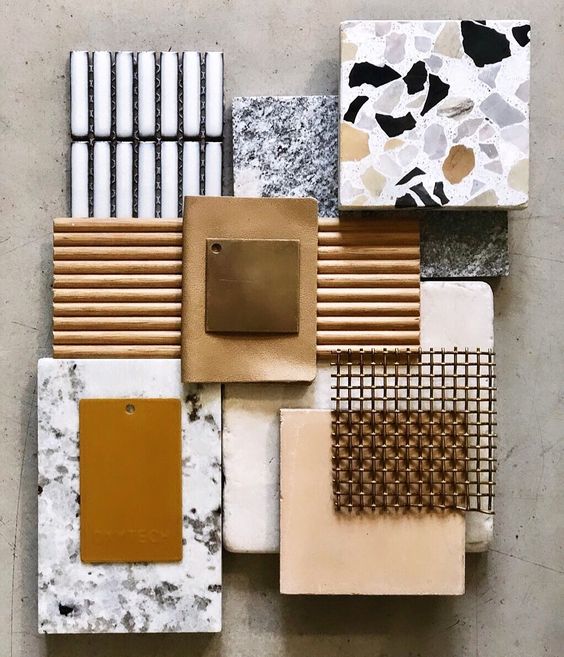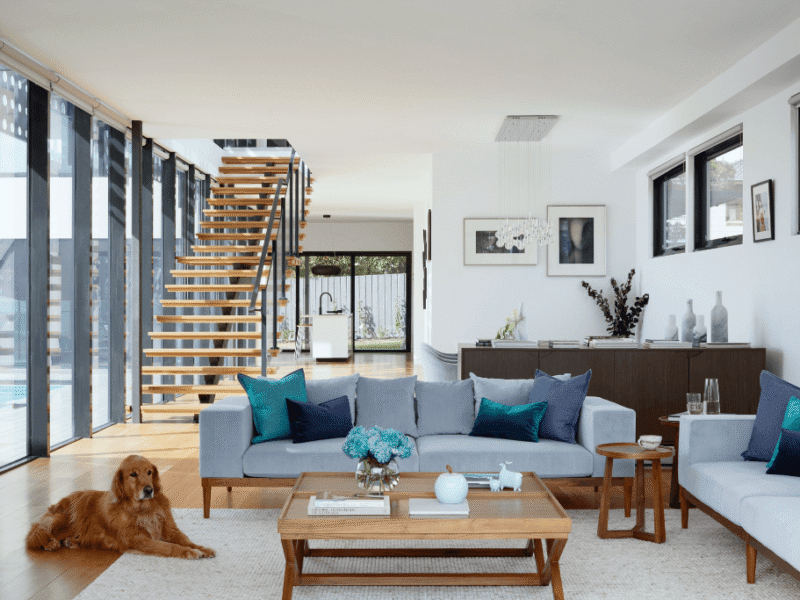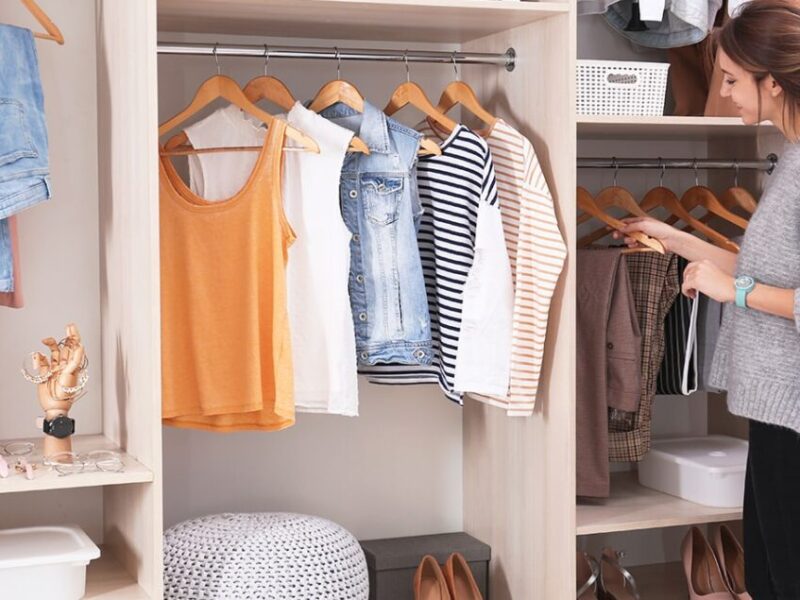We all know mood boards are essential for design creatives, but the facts which makes them essential for interior designers?
There isn’t a single interior designer who hasn’t struggled with communicating his design ideas to clients. Since using telepathy is still a concern for the almost all of us, we must find the most effective way to talk about our vision with peers and prevent spending too much time going in the wrong direction. Where words fail miserably, mood boards strive, and with them at first stages of an project can help win pitches and get you on a single page with the client.
Mood boards are the perfect jumping off point for any design project. Creating mood boards gives you to acquire thoughts, ideas, color schemes and moods in a single place and define a coherent design concept without threat of losing sight of the larger picture. Visual concepts are a continuous way to obtain inspiration, the huge motivators that produce you are feeling empowered. And in the end, creating mood boards is like playing! Coming up with a well-designed mood board might seem to be intimidating to some, but to a design creative, it is similar to putting together pieces of a puzzle. Easy, exciting therefore much fun!
If you still have any doubts about the importance of mood boarding for the look business, browse the crucial reasons why every interior designer needs to include mood boards in their design process.
1. Step-by-step Design Process with Interior designer Bangkok
Rather than spending endless hours on creating the impeccable look and then facing the anticipation of feedback that may thorn the whole design apart and send you back again to the drawing board, create a straightforward mood board that represents your initial idea and ask for the client’s input. Designers often fall into the trap of striving for perfection. However when you want to produce as much ideas as possible, the race for perfection only wastes important time (and money). Mood boards enable you to swiftly pump out concepts without fretting about execution. Relax! Your draft won’t be seen as the ultimate product, but instead a conversation starter, letting you discuss the main issue of all of them – the idea.
If you work with SampleBoard, creating a mood board like this takes only a few minutes. All you have to to do is gather the photographs that best describe your idea and arrange them in an aesthetically pleasing way. Or just use one of the templates from the editor to keep carefully the look consistent. Have a look at the example below and reveal if it leaves any doubt about the direction of the future project. After receiving a mood board like this, it’ll be easy for your client to let you know if you are on the right track or not.
2. Creating a Relationship with your client
Design taste is a matter of personal preferences, and therefore, it could be highly subjective. When pulling together a thought for someone’s home, you need to make certain your vision matches the owner’s.
Mood boards empower clients to try all stages of the process and lower the chance of disagreements down the road, while at exactly the same time encouraging team-building. Clients know their ideas are being heard and understand the logic behind the designer’s decisions. In this manner you can get rid of the presumption that you make your choices by using an impulse, which is often thought to be true. Clients will most likely finish up being more content with the results if indeed they feel their contribution to it was invaluable.
3. Visualize the Ideas
But imagine if the client can’t demonstrate not his words? You will have trouble visualizing their thoughts. Drawing a picture in your mind is often not an option as it could get rather confusing. By spending only a few hours on a detailed mood board that mixes yours and your client’s thoughts together, you’ll be able to see your objectives and ultimately the ultimate design. The prompt feedback from your client will provide you with a chance to fine-tune the idea while in its roots.
Choosing the right color scheme for a design project can be challenging, particularly if the client prefers precise and calculated use of color. The best way to deal with such a task is to make a color mood board that presents off the mood you are hoping to attain. In cases like this, the furniture choice is irrelevant, what counts is the feeling a certain color scheme creates. Take a look at these examples from the articles Muted Colors – In the Spotlight, All of the Colors of the Year 2017 and Ultra Violet – Pantone Color of the entire year Promises Hope to determine just what a good color mood board appears like. That doesn’t mean you should stay within the box and consider them as a template! Let your creative imagination loose and develop your own concepts for presenting inspiring color palettes. As always, showing your individual style is what will separate you from the crowd.
4. You Don’t Have to Play Safe
Limiting yourself to just one single concept is not just what a true artist would do. You need to create something safe you are sure the client want, but is similar to sufficient for you? With mood boards, you can quickly pull together a few alternatives to the initial idea and showcase your range of creativity. A straightforward twist to spice things up and even something edgy that has your individual signature written around it could go a long way. In the end, you have been hired thanks to your portfolio so that it makes perfect sense to assume your client might like to see everything you think would be a very important thing regarding his space. It won’t run you anything, but a few minutes and it might potentially lead you from I love it to Oh my God, this is brilliant!
5. From Concept to Creation
If you’re in e-design business, your creative process probably ends with the ultimate design board which has the shopping selection had a need to achieve the required look. This sort of mood board, or style board, differs from the ones we spoke about earlier which is all your client will need to bring your concept to creation. Coming up with a perfect shopping list can be a intimidating task, but with a little help of SampleBoard’s furniture and decor library, anyone can do it very quickly. If you like to curate the collection yourself, create folders according to projects and save all the pieces you will need for these people using the bookmarklet or importing directly from Pinterest. Or, if you wish to keep your faves in a single place for future undertakings, group them in line with the style or purpose. In this manner you will have access immediately to the trendy picks of your decision. You may opt to keep this collection private or share your found treasures with the look community.
In the era of all things digital, the time of traditional sample boards came to a finish. No one has the the perfect time to create physical presentation boards anymore, curate and store collections of samples and swatches, source them and arrange into life-size concept boards (at least not for all projects and certainly not for edesign work). Not to mention presenting their suggestions to clients in person (unless dealing with local clients only). And covering travel charges for holding live presentations is just against the grain. Nowadays, the entire world is your market, and you ought to take benefit of opportunities that are being presented to you. But also for a project to be successful, you still need to assemble images that inspire you and find ways to visualize your opinions, only this time that you can do considerably faster, simpler, eco-friendly and for free. Through the use of online mood board creator such as SampleBoard, you can do that from the comfort of your creative space, all over the world.
Who else is using mood boards because of their business?
Digital libraries and mood boards are an instrument of choice for each and every modern design creative, not just for an inside designer.
Design students use mood boards to complete design and marketing related assignments that require to be delivered in a visual manner. Mood boarding helps them develop their personal style and understand how to articulate their design thoughts.
Stylists use visual boards (or style boards) expressing their styling suggestions to clients and PR people. An excellent style board shows a lot more than fashion industry buzzwords will ever have the ability to.
Decorators use concept boards to be able to accomplish their client’s dream look without providing the furniture and decor pieces first. In this manner they save both their and their client’s money and time.
Home stagers use mood boards to create properties in order to sell it faster and get the most notable dollar for them.
Wedding and Event planners use mood boards to stage perfect environments for their clients’ special dates. Mood boards help them pitch innovative ideas and unexpected color combinations before bringing them alive.
Photographers use mood boards showing off their talent and also to style photography shoots.
Bloggers use mood boards for branding purposes and as part of their blogging content.




